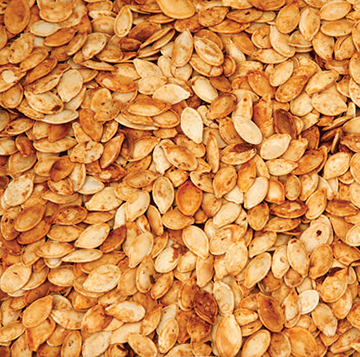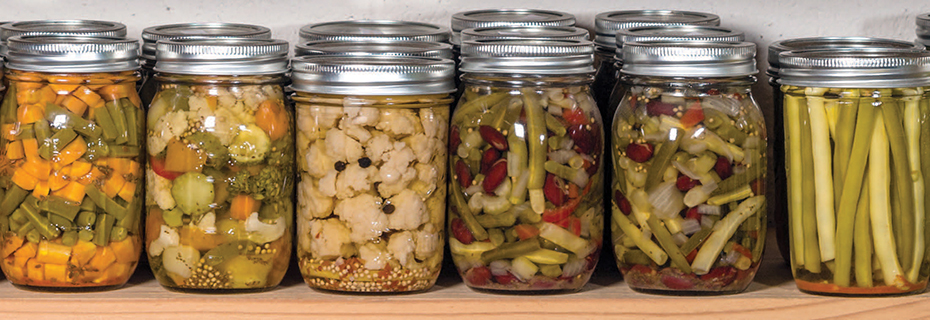
Pumpkins Galore!

Pumpkin bread, muffins, soup, desserts and beverages are very popular in the fall and winter. Pumpkins technically are a type of squash in the Cucurbitaceae family, which includes cucumbers, melons and about 800 other “plant cousins.” They are botanically considered “fruits” even though some are used as vegetables on menus. Pumpkin and winter squash have long shelf lives of two to three months, or longer, if kept in a cool, dry place.
Pumpkin pie is the dessert featured at many Thanksgiving meals. Can you preserve your own canned pumpkin pie filling?
If you like to use commercially canned mashed pumpkin in recipes, be aware that tested recipes are not available for home-canning mashed pumpkin, including pumpkin butter. Pumpkin cubes (1 inch squares) can be pressure-canned safely following current guidelines.
Can I freeze mashed pumpkin?
Yes, freezing mashed pumpkin can be done safely.
- Select full-colored mature pumpkin with fine texture. Wash, cut into cooking-size sections and remove seeds. Cook until soft in boiling water, in steam, in a pressure cooker or in an oven. Remove pulp from rind and mash. To cool, place pan containing pumpkin in cold water and stir occasionally. Package, leaving ½-inch headspace. Seal and freeze.
How do I prepare pumpkin seeds?
Pumpkin seeds are rich in fiber and make excellent snacks.
- To dry, carefully wash pumpkin seeds to remove the clinging fibrous pumpkin tissue. Pumpkin seeds can be dried in the sun, in an electric dehydrator at 115 to 120°F for 1 to 2 hours, or in an oven on a very low, warm temperature only, for 3 to 4 hours. Stir them frequently to avoid scorching. Dried seeds should not be stored with any moisture left in them.
Source of recommendations: National Center for Home Food Preservation
Cinnamon and Sugar Roasted Pumpkin Seeds

Yield: About 8 (2 tablespoon) servings.
Ingredients:
- 1 c. pumpkin seeds
- 1 Tbsp. melted butter (or substitute cooking oil)
- 1 Tbsp. sugar
- ¾ tsp. cinnamon
- ¼ tsp. nutmeg
- dash of salt
Procedure
- Preheat oven to 300 F.
- Toss seeds with melted butter or oil.
- Mix dry ingredients and sprinkle over seeds; toss.
- Line a well-greased baking sheet with seed mixture and bake for approximately 50 minutes.
- Stir and mix the seeds often to keep them from burning and sticking. Bake until browned.
Makes eight (2 tablespoon) servings. Each serving has 170 calories, 14 g fat, 7 g protein, 7 g carbohydrate, 1 g fiber and 5 mg sodium.
Canning Frequently Asked Questions - Can you reprocess food if the lids do not seal?
This is a common question from many home food preservers. If you processed the food correctly, using a research-tested recipe and using a research-tested process, then you may reprocess any jars that do not seal within 24 hours, repeating all the original instructions associated with the recipe and using new lids. This means that you need to empty the jars, check the jar rim for any nicks that may impair the lid from sealing, and refill and reprocess the jars according to the instructions provided.
If you do not want to reprocess the unsealed jars, you can also freeze or refrigerate those jars. Refrigerated jars should be used within several days. To freeze the jars, readjust headspace to 1½ inches before placing the jar in the freezer. It is best to freeze food in wide-mouth canning jars with straight sides, this includes wide mouth pint (16-ounce), quart (32-ounce), 12-ounce, and 24-ounce jars. Regular mouth jars with a rounded shoulder just below the screw-band area, tend to break during freezing as food expands.
Source: https://nchfp.uga.edu/questions/FAQ_canning.html#1
